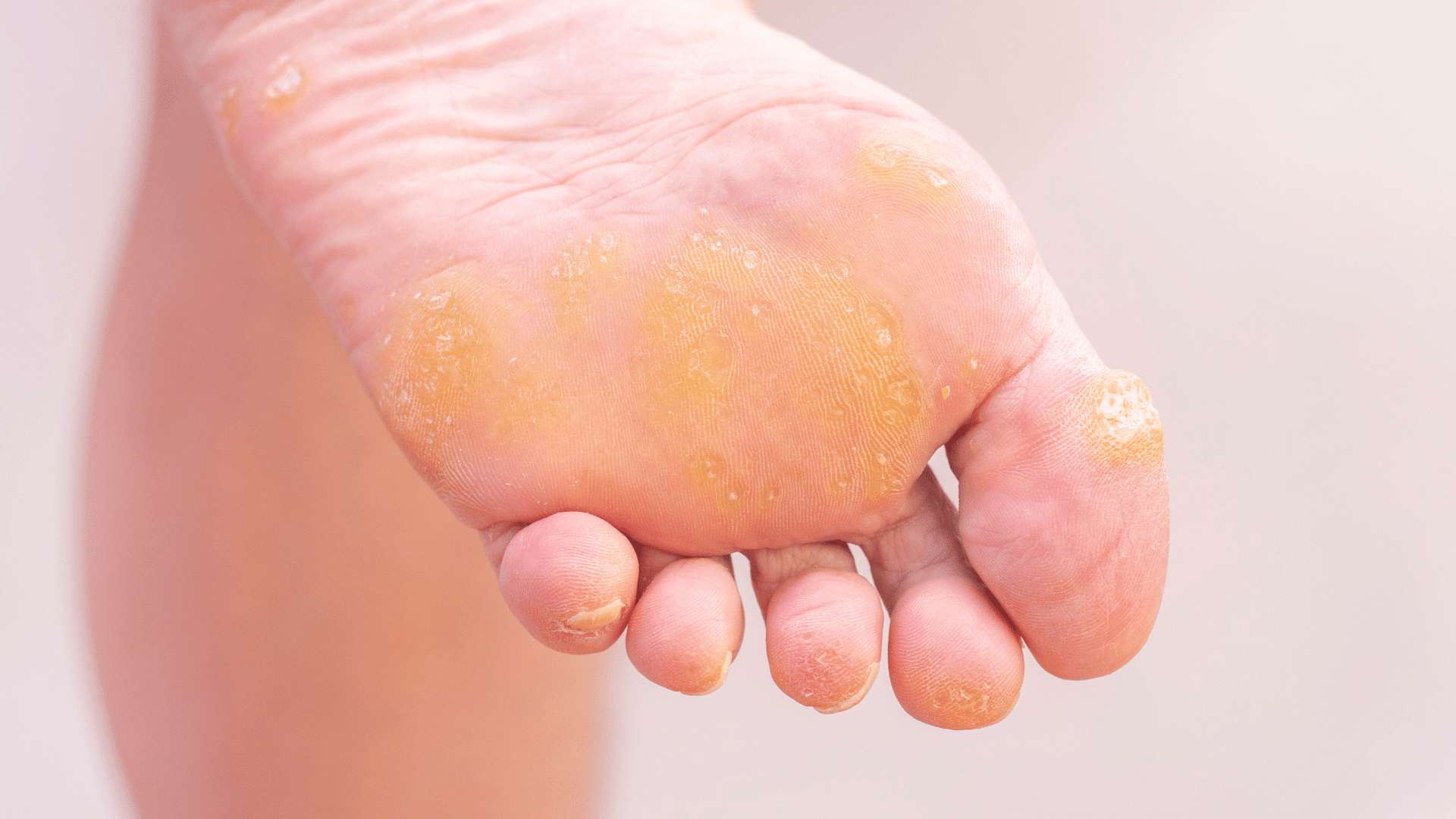
Jump to section
If you're dealing with thickened, hardened skin on your feet that feels uncomfortable or even painful, you're in the right place. As a team of experienced podiatrists who treat corns and calluses every day, here’s what you need to know to keep your feet feeling their best.
A callus is a thick, hard patch of skin that usually forms on your feet (or hands) in response to repeated friction or pressure. It’s your body’s way of protecting the skin from irritation or damage.
Most calluses aren’t painful, but if they keep building up, they can become uncomfortable—especially if they press against your shoes or make it harder for footwear to fit properly.
A corn is similar to a callus in that it is an area of thickened skin caused by pressure or friction, but with a few key differences. A corn is a small, hardened area of skin with a painful core at the centre, often surrounded by redness or irritation. As it thickens, the core can press deeper into the skin, leading to discomfort, especially in weight-bearing areas like the soles of your feet. These are known as hard corns, where the skin toughens in response to pressure.
Corns can also form between toes, where the skin is squeezed together. These are called soft corns and tend to be whitish-grey, with a softer texture due to moisture buildup from sweat or inadequate drying.
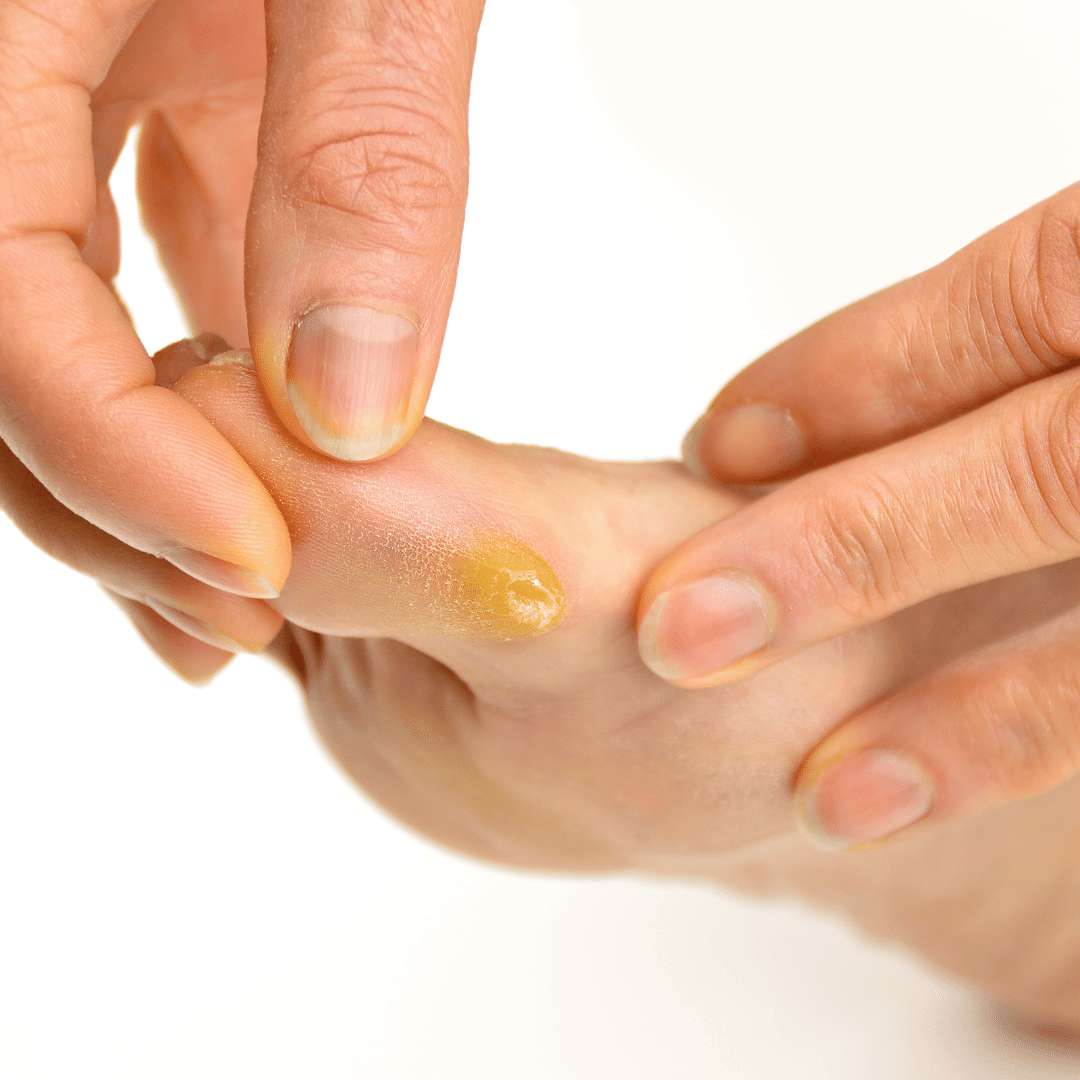
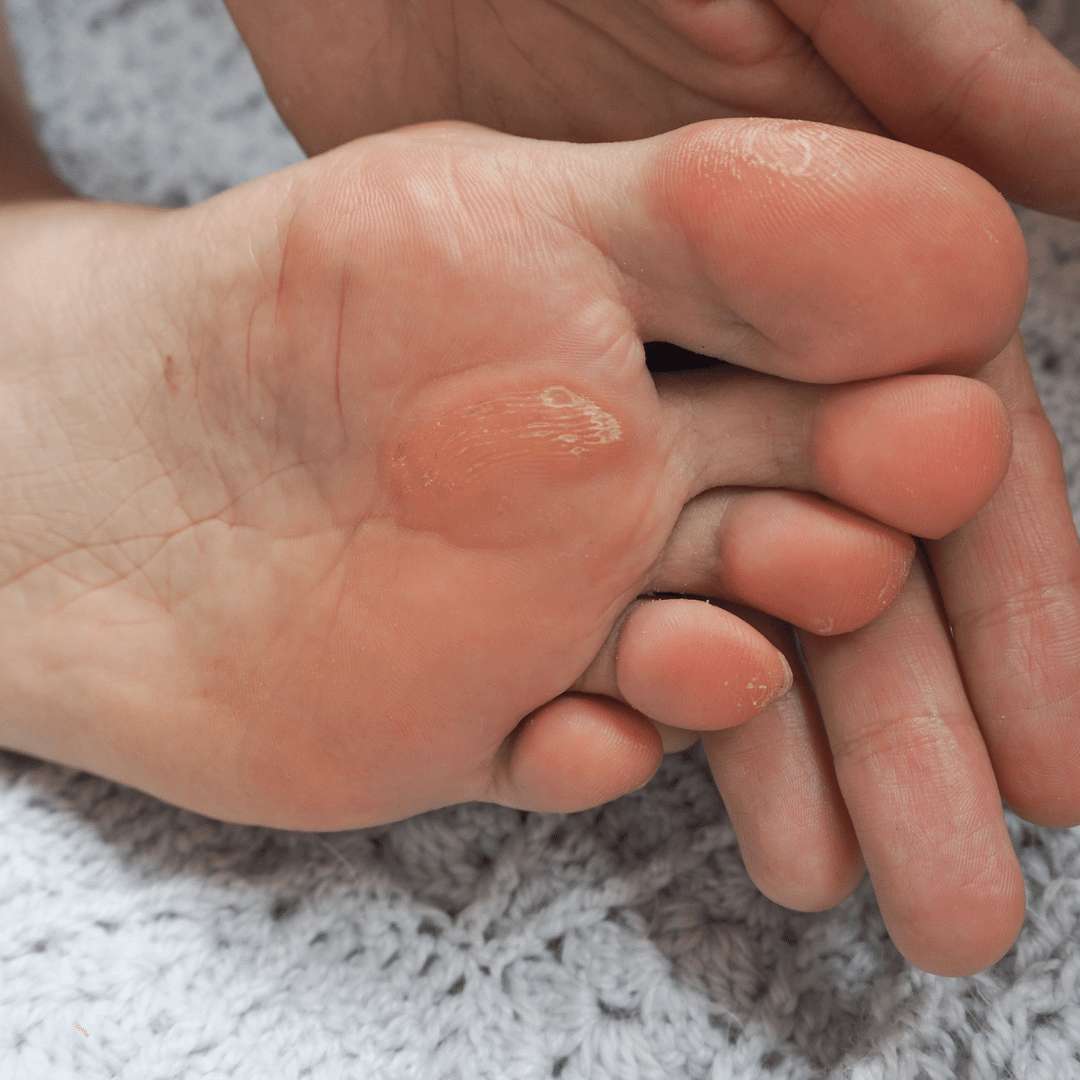
Callus
Hard corn
Corns and calluses develop as part of your skin's defence response: by thickening when they’re placed under excess pressure, the skin is protected from breaking down instead. The pressure or friction could be caused by:
A small corn or callus may not cause noticeable symptoms beyond its appearance. However, as it grows bigger, it can become painful or uncomfortable, especially when walking or wearing shoes. Corns and calluses often develop together, with a thickened callus sometimes covering a deeper, more painful corn underneath.
You may have a callus if you notice:
You may have a corn if you notice:
Corns and calluses can sometimes be mistaken for other skin conditions, such as plantar warts, ulcers, or even a foreign object, like a splinter, that has been covered by hardened skin. That’s why it’s important to see a podiatrist to ensure you get the right diagnosis and treatment.
At our Brisbane clinic, our podiatrists are extremely thorough in all our assessments and make sure to rule out other possible causes of your discomfort.
We are able to easily remove your callus (thickened skin) by debriding it back. This is painless, as it is dead skin with no nerve endings, just like your hair. However, unless you remove the underlying cause of the callus, it will likely continue to return every 4-8 weeks. This is where your podiatrist will discuss what you can do to reduce the rate at which your callus returns or stop it from coming back altogether by looking at the underlying cause.
As well as debridement, your podiatrist may recommend a number of the following treatments:
Then, offloading the sites of high friction or pressure through:
Treating a corn is very similar to treating a callus. Our podiatrists are able to remove the corn, usually with minimal discomfort, by ‘scooping it out’ with a scalpel. This removes that 'walking on a rock' feeling.
Avoid DIY removal: We do not recommend trying to remove the corn or callus yourself, as you could damage the surrounding healthy tissue or blood vessels, resulting in pain, infection, or scarring.
There are several approaches you can take to prevent yourself from getting corns and calluses.
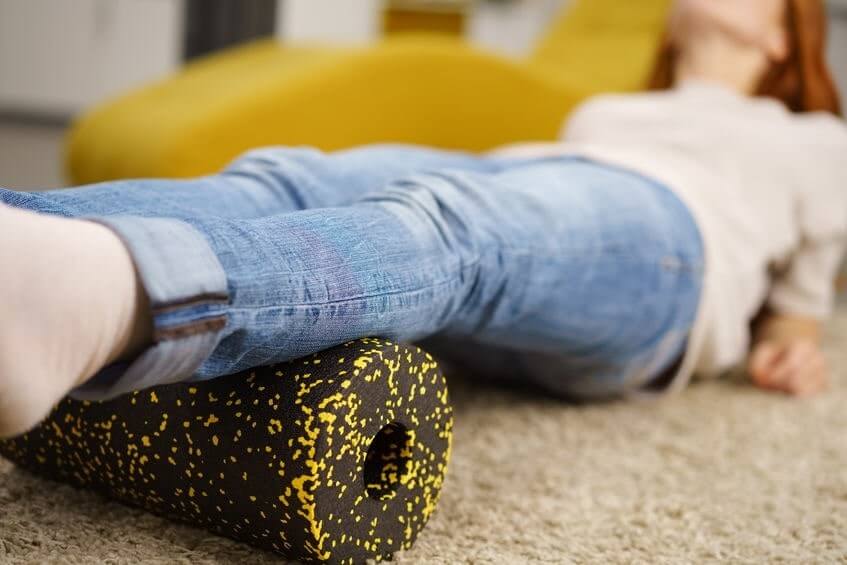
The more tense you (or your muscles, ligaments and all sorts of fibres) feel, then the more pain you will understandably perceive. Here are
three ways to help relieve this tension in your feet.

Not everyone needs orthotics, but they can play an integral role in treating or relieving pain in several foot and lower limb conditions.
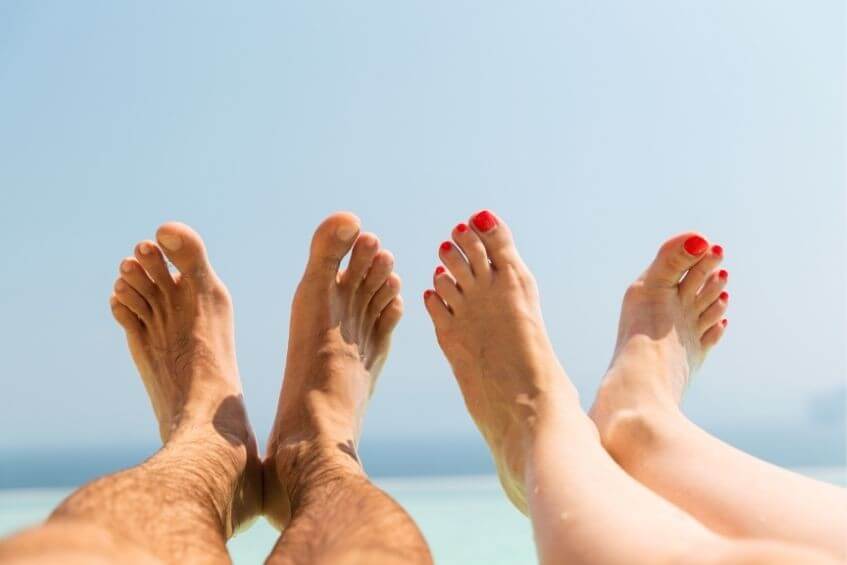
The heat and humidity of an Australian summer makes it a prime time for issues to arise, so our newest podiatrist Lucy has put together
seven helpful tips to keep your feet healthy and problem free throughout summer.
| Monday | 7:40am - 6:00pm |
| Tuesday | 7:40am - 6:00pm |
| Wednesday | 7:40am - 6:00pm |
| Thursday |
7:40am - 6:00pm |
| Friday | TEMP CLOSED |
| Saturday | CLOSED |
| Sunday | CLOSED |
Ground Floor, 344 Queen Street,
Brisbane City QLD 4000
| Monday | 7:40am - 6:00pm |
| Tuesday | 7:40am - 6:00pm |
| Wednesday | 7:40am - 6:00pm |
| Thursday |
7:40am - 6:30pm |
| Friday | 7:40am - 5:00pm |
| Saturday | 7:40am - 4:30pm |
| Sunday | CLOSED |
Newmarket Village, 114/400 Newmarket Rd, Newmarket QLD 4051